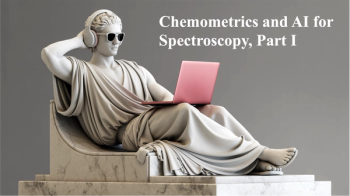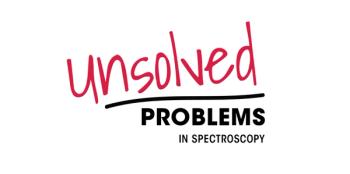
- Application Notebook-02-01-2017
- Issue 2
Cement Raw Meal Analysis by the Pressed Powder Method on Supermini200 Benchtop WDXRF
This application note demonstrates the capabilities of a low-cost, benchtop WDXRF spectrometer for rapid quantitative elemental analysis of cement raw meal.
Cement is one of the most important materials in the construction industry. Since its physical properties and those of the concrete ultimately made from it depend on its composition, it is important to monitor the composition of the raw meal used to make the clinker.
Thanks to simple sample preparation and routine operation, short measurement times and high precision, X-ray fluorescence (XRF) spectrometry has become the technique of choice for elemental analysis at all points in cement production: from alternative fuels, raw materials and raw meal to clinker and final certification. Wavelength-dispersive (WD) XRF is the most commonly utilized analytical technique in the cement industry because it offers the highest throughput, precision and sensitivity, especially for essential light elements, such as Na, S, and K.
Traditionally, WDXRF spectrometers used in cement plants have been large, floor-standing models with substantial installation requirements and ownership expenses. As the industry strives for greater efficiency, operators have increasingly sought equipment that is less expensive to acquire and less costly to maintain.
Experimental Conditions
The Supermini200 is a benchtop sequential wavelength-dispersive X-ray fluorescence (WDXRF) spectrometer designed specifically to deliver high performance while eliminating typical installation requirements, such as cooling water, special power supply, large floor space, etc.
Featuring a unique air-cooled 200W X-ray tube, two detectors and three analyzing crystals, the Supermini200 can analyze all relevant elements in just minutes with full spectral separation of all peaks, high sensitivity for light elements, such as Na, Mg, P and Cl, and exceptional repeatability.
The Windows-based software running the Supermini200 is shared with Rigaku's higher- power Primus series of WDXRF systems.
Sample preparation
The pressed powder method is the most common sample preparation technique in XRF because it does not require an expensive flux, fusion machine, or highly-trained operators. For this report, cement raw meal powders were pulverized and pressed into aluminum rings at 120 kN.
Measurement
Measurements were performed in vacuum on the Supermini200 with the 200W Pd target X-ray tube operating at 50 kV and 4.0 mA and using the standard crystals: LiF(200), PET, and RX25. The total analysis time for all of the analytes was about four min per sample.
Standards and calibration
A series of reference materials of cement raw meal certified by CSBTS (China State Bureau of Technical Supervision) was used for calibration. The calibration results are presented in Table I.
One of the reference materials, used in the calibration, was measured consecutively 10 times to determine the short-term stability of the method and instrument. The results show that it is possible to analyze pressed pellets of cement raw meal with high repeatability on a 200W WDXRF instrument that is small enough to fit on a bench.
Conclusion
This report demonstrates that cement raw meal samples can be routinely analyzed by the pressed powder method with excellent accuracy and precision on the Rigaku Supermini200 low-cost benchtop sequential WDXRF spectrometer that does not require cooling water or special facility accommodations.
Rigaku Corporation
9009 New Trails Drive, The Woodlands TX 77381
tel. (281) 362-2300, fax (281) 364-3628
Website:
Articles in this issue
almost 9 years ago
Aerial Hyperspectral Imaging by BaySpec OCI Hyperspectral Imagersalmost 9 years ago
A Diamond ATR Study of Thin 225 nm Films on Glassalmost 9 years ago
In-Process Raman Spectroscopy of Layered Materialsalmost 9 years ago
Pesticide Detection Using SERS Techniquesalmost 9 years ago
Confocal Raman Imaging in Pharmaceutical Researchalmost 9 years ago
ATR–FT-IR Investigation of the Ocean SurfaceNewsletter
Get essential updates on the latest spectroscopy technologies, regulatory standards, and best practices—subscribe today to Spectroscopy.





